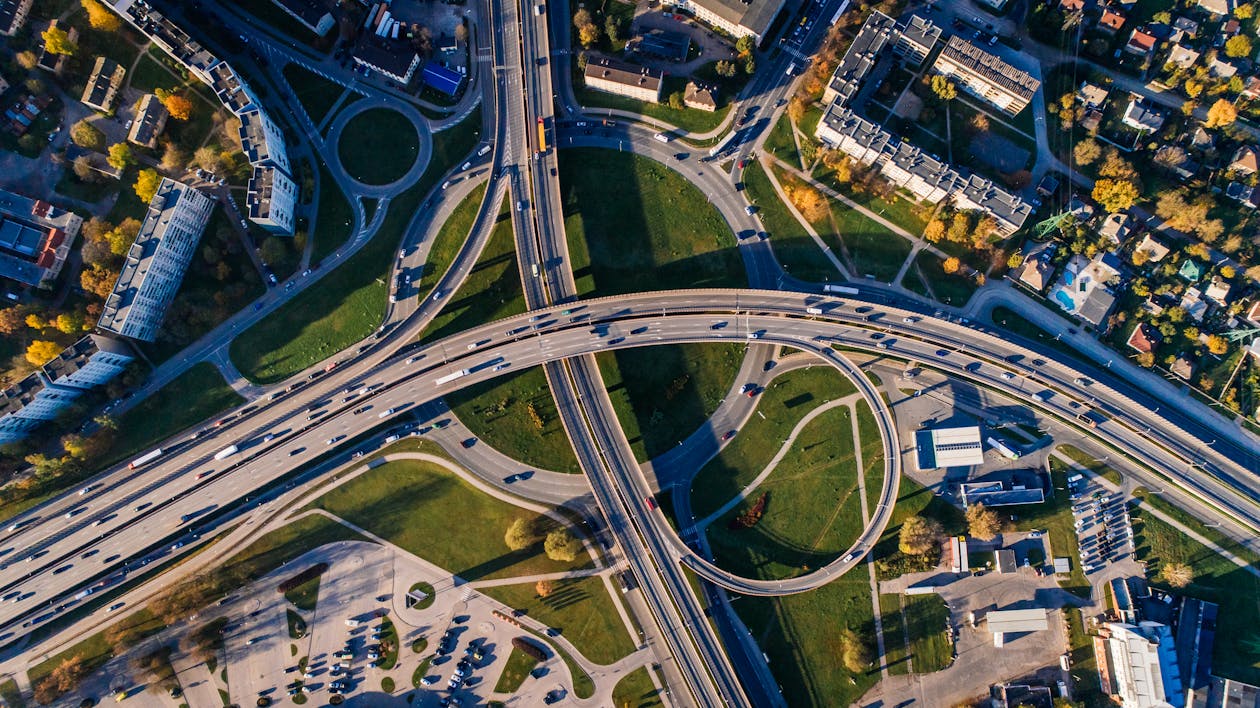The Future of Smart Cities: Powered by IoT
Introduction: Envisioning Tomorrow’s Urban Landscape
Imagine a city where traffic lights adjust in real-time to traffic flow, waste bins signal when they’re full, and streetlights dim when no one is around. This isn’t a scene from a sci-fi movie; it’s the emerging reality of smart cities powered by the Internet of Things (IoT).
As urban populations swell, cities face mounting challenges: congestion, pollution, resource management, and infrastructure strain. IoT offers innovative solutions by embedding sensors and connectivity into the urban fabric, enabling real-time data collection and responsive systems.
This article delves into how IoT is shaping the future of smart cities, transforming urban living into a more efficient, sustainable, and livable experience.
Intelligent Transportation: Navigating the Urban Jungle
Traffic congestion is a universal urban woe, leading to lost time, increased emissions, and commuter frustration. IoT addresses this through smart traffic management systems that monitor vehicle flow, adjust signal timings, and provide real-time updates to commuters.
Cities like Copenhagen have implemented AI-powered traffic systems that adapt to current conditions, reducing congestion and improving travel times. Similarly, smart parking solutions guide drivers to available spots, minimizing circling and emissions.
Public transportation benefits as well. IoT-enabled buses and trains offer real-time tracking, allowing passengers to plan journeys more efficiently. Predictive maintenance, powered by sensor data, ensures vehicles remain in optimal condition, reducing breakdowns and delays.
These advancements not only enhance commuter experiences but also contribute to environmental goals by reducing idle times and promoting public transit usage.
Sustainable Energy Management: Powering Cities Responsibly
Energy consumption in cities is a significant contributor to global emissions. IoT facilitates smarter energy use through real-time monitoring and adaptive systems. Smart grids, for instance, balance supply and demand dynamically, integrating renewable sources seamlessly.
In Malmö’s Hyllie district, an innovative energy system called ectogrid™ uses IoT to manage thermal energy flow, optimizing heating and cooling across buildings. This approach not only reduces energy waste but also lowers costs for residents.
Street lighting, often a significant energy drain, is becoming more efficient with IoT. Smart streetlights adjust brightness based on pedestrian presence and ambient light, conserving energy without compromising safety.
These initiatives demonstrate how IoT can drive cities toward sustainability, balancing growth with environmental stewardship.
Waste and Water Management: Streamlining Essential Services
Efficient waste and water management are critical for urban health and hygiene. IoT technologies enable cities to monitor these systems proactively, addressing issues before they escalate.
Smart waste bins equipped with sensors notify collection services when they’re full, optimizing pickup routes and reducing unnecessary trips. This not only saves fuel but also ensures cleaner streets.
Water systems benefit from IoT through leak detection and usage monitoring. Sensors can identify leaks in real-time, preventing water loss and infrastructure damage. Additionally, smart meters provide residents with usage data, encouraging conservation.
By integrating IoT into these essential services, cities can enhance efficiency, reduce costs, and promote sustainability.
Public Safety and Emergency Response: Enhancing Urban Security
Safety is paramount in urban environments. IoT enhances public safety through surveillance, emergency response, and disaster management. Connected cameras and sensors monitor public spaces, detecting unusual activities and alerting authorities promptly.
In emergencies, IoT systems can coordinate responses by providing real-time data on affected areas, guiding first responders efficiently. For instance, during natural disasters, sensors can monitor structural integrity of buildings, aiding in evacuation and rescue efforts.
Moreover, IoT contributes to crime prevention. Smart streetlights with integrated cameras can deter criminal activities, while gunshot detection systems enable rapid police response.
These technologies collectively create safer urban environments, fostering a sense of security among residents.
Citizen Engagement and Governance: Fostering Inclusive Communities
A truly smart city engages its citizens, making governance more transparent and participatory. IoT facilitates this by providing platforms for residents to interact with city services and contribute to decision-making processes.
Mobile apps and online portals allow citizens to report issues like potholes or broken streetlights, with IoT systems ensuring swift responses. Real-time data on public services, such as transit schedules or air quality, empowers residents to make informed choices.
Furthermore, IoT enables data-driven policymaking. By analyzing trends and feedback, city officials can tailor services to community needs, enhancing satisfaction and trust.
This collaborative approach ensures that smart cities are not just technologically advanced but also socially inclusive and responsive.
Challenges and Considerations: Navigating the Path Ahead
While the benefits of IoT in smart cities are substantial, challenges persist. Data privacy and security are paramount concerns, as increased connectivity can expose systems to cyber threats. Ensuring robust cybersecurity measures is essential to protect sensitive information.
Infrastructure costs and technological disparities can also hinder implementation, particularly in developing regions. Addressing these issues requires strategic planning, investment, and public-private partnerships.
Moreover, the success of smart cities hinges on interoperability—ensuring that diverse systems and devices can communicate effectively. Standardization and open platforms are key to achieving this integration.
By proactively addressing these challenges, cities can pave the way for resilient and inclusive smart urban environments.
